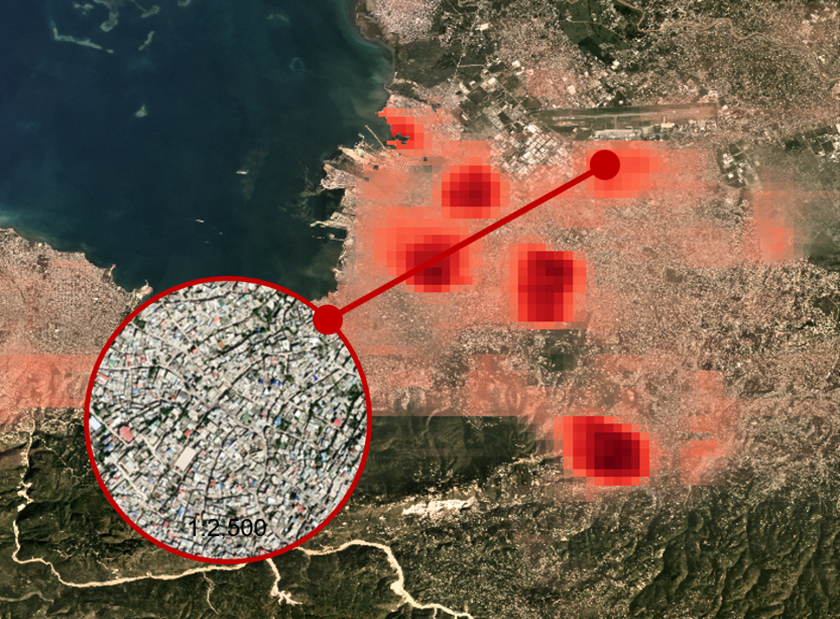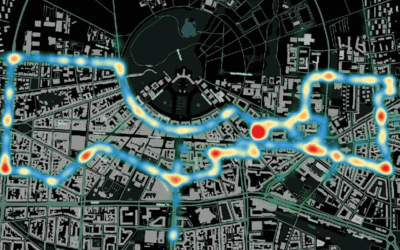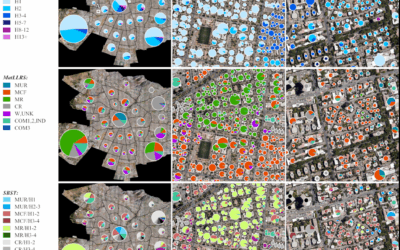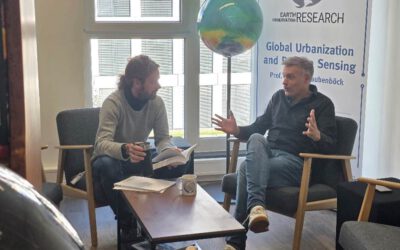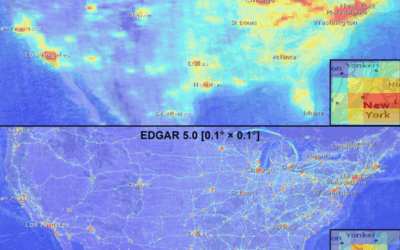Researchers from the Technical University of Munich (TUM), the Munich Center for Machine Learning, the Earth Observation Center (EOC) of the German Aerospace Center (DLR) in Oberpfaffenhofen and our Earth Observation Research Cluster of the University of Würzburg teamed up for a study on large-scale slum mapping. The paper titled “Uncertainty aware slum mapping in 55 heterogeneous cities“ was just published in the International Journal of Applied Earth Observation and Geoinformation by Thomas Stark, Michael Wurm, Henri Derbay, Xiao Xiang Zhu and Hannes Taubenböck.
Here is the abstract of the paper: Slums are densely populated urban areas characterized by substandard housing and squalor. These areas often lack basic infrastructure and services, making them challenging to manage and improve. Mapping slums on a large scale is particularly difficult due to their complex, dynamic, and non-uniform nature and the scarcity of available data. This study employs deep learning and uncertainty estimation to map slum areas in 55 diverse cities. We tackle the issues of scarce labels, noisy labels, and class imbalance to produce reliable slum probability maps. Applied to a large dataset from the Global South, our method approximates probability values to each image, yielding a more granular view of slum morphology within each city. We achieve this by combining Monte Carlo sampling through test-time augmentation, test-time dropout on overlapping image tiles, and an ensemble of four CNNs. The resulting probability maps not only quantify prediction uncertainty but also reveal morphological patterns of slum settlements. Our findings underscore the diversity and complexity of slums, contributing to a more complete understanding of these environments. A key result is our large-scale workflow, which, despite limited data, groups predictions by probability into multiple slum categories defined by their morphological traits. This approach offers a substantial improvement over traditional binary slum classification methods that focus solely on typical slum morphologies.
Here is the link to the full paper: https://www.sciencedirect.com/science/article/pii/S1569843225006260
This research is part of our works on slums, informality and poverty. For an overview on related studies, please see here: https://remote-sensing.org/a-decade-of-research-on-poverty-slums-and-informal-settlements-with-remote-sensing/

